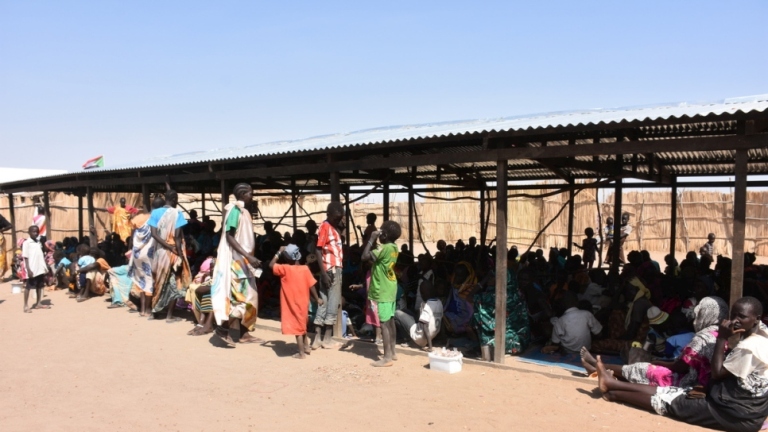South Sudanese refugees authorised to work in Sudan’s White Nile as agricultural labourers

November 3, 2017 (KHARTOUM) – Sudanese authorities have authorized South Sudanese refugees in White Nile state to work for local farmers, upon the request of the UN refugee agency.
In order to bridge the gap in the lack of funding for its humanitarian operation in Sudan generally and particularly for the South Sudanese refugees, UN officials convinced the White Nile government authorities to promote livelihood opportunities for refugees in the state.
In September 2017, authorities in White Nile State issued new work regulations on livelihoods for refugees, which allow refugees to work for local farmers as seasonal labourers.
“Since then, between 40 to 50 percent of refugees in the eight refugee camps in White Nile State have reportedly started working on local farms outside the camps, according to UNHCR,” reported OCHA in is recent news bulletin.
The move “enables a sustainable refugee response, and benefits the agricultural sector and local economy”.
As of October 2017, the total number of South Sudanese refugees in Sudan since 2013 has reached 454,660 people. The total of refugees arrived in 2017 has reached 185,025 refugees.
However, UNHCR figures show that only 513 people reached Sudan as of 15 October.
UN Humanitarian Coordinator in Sudan Marta Ruedas last September said the well-being of IDPs and refugees in need of humanitarian assistance in Sudan has been severely affected by the fund shortage.
The Sudan Humanitarian Response Plan (HRP) 2017 for Sudan “appeals for U$804 million, of which about $304 million has been received. This represents only 38 percent of the funds required,” said Ruedas.
(ST)
